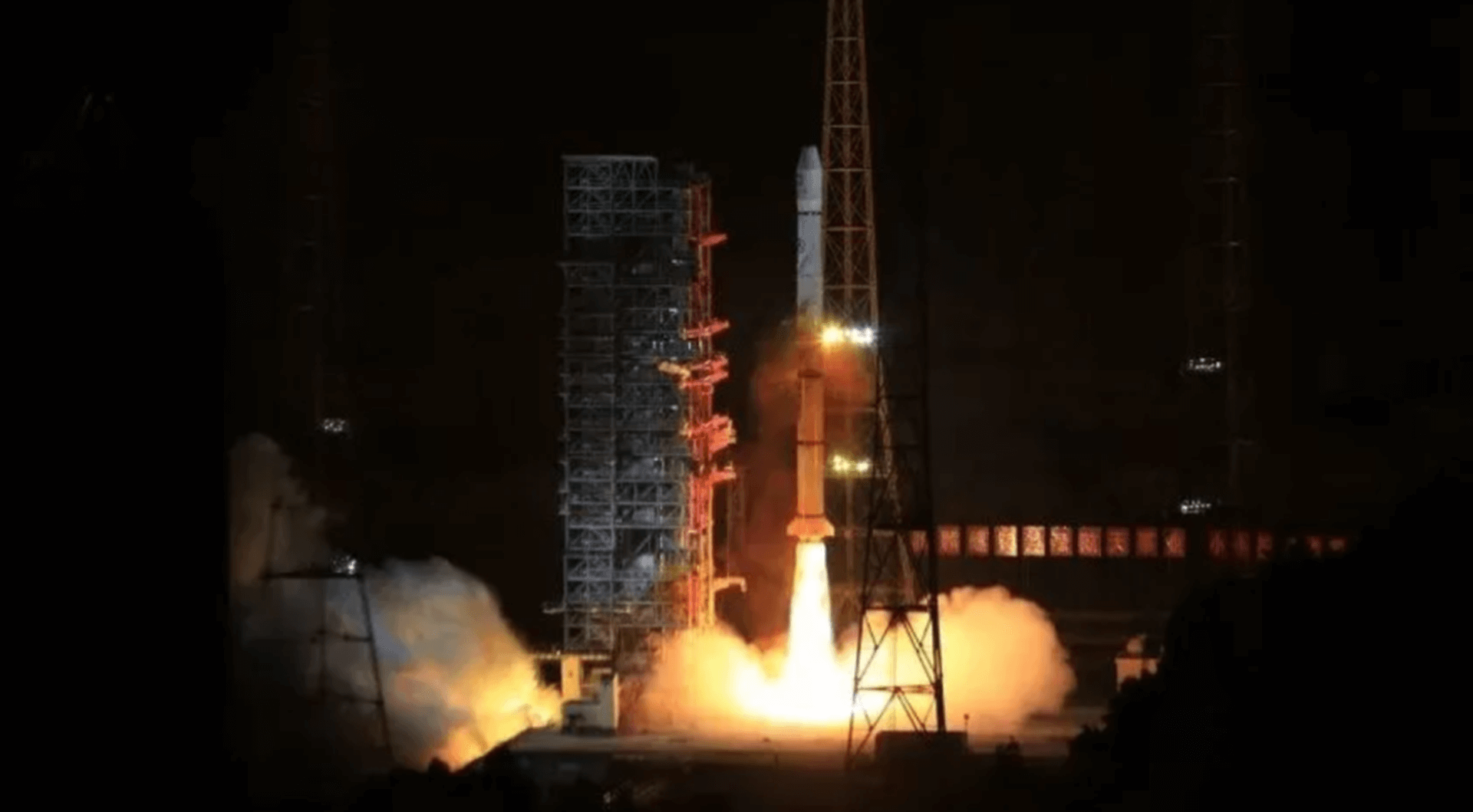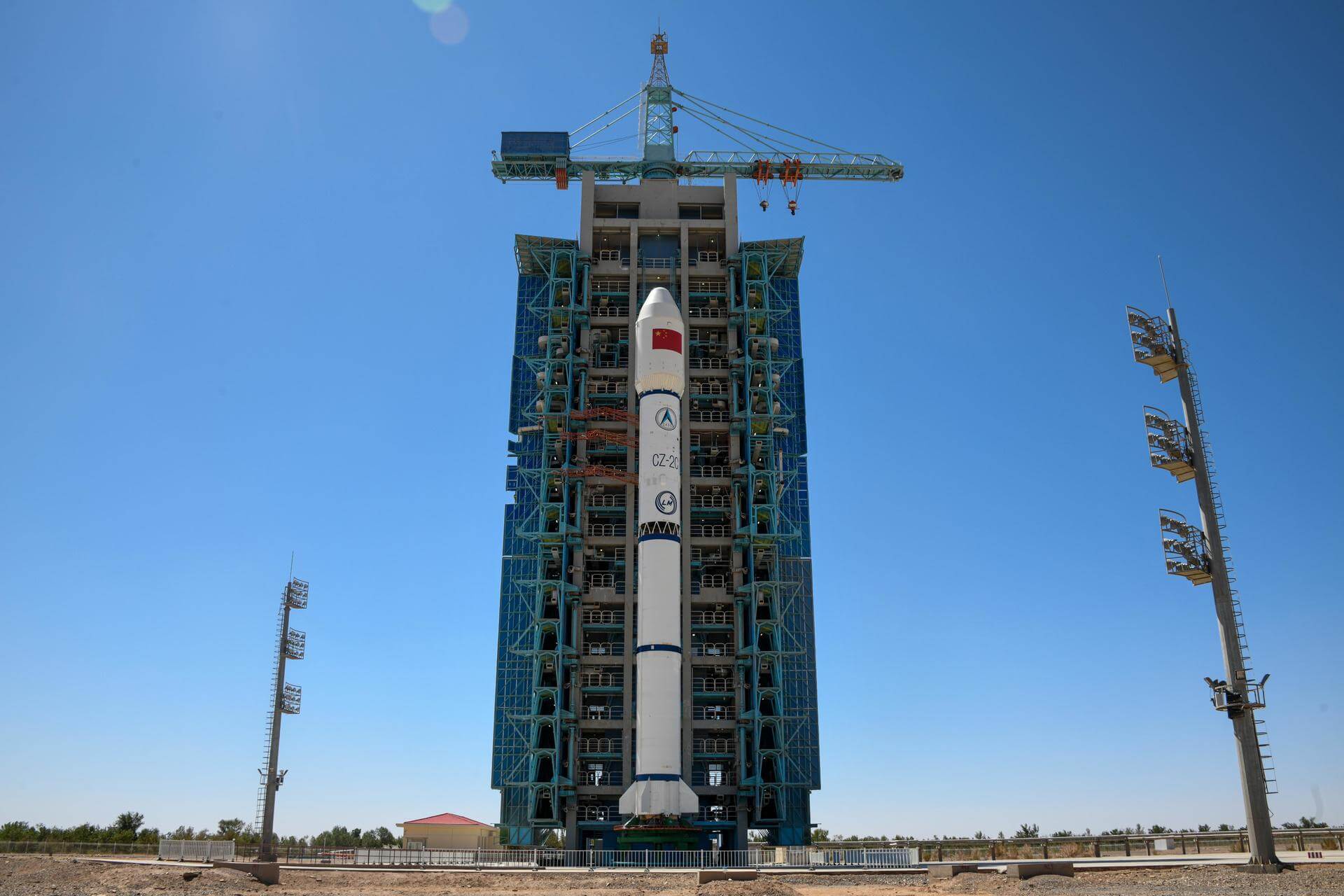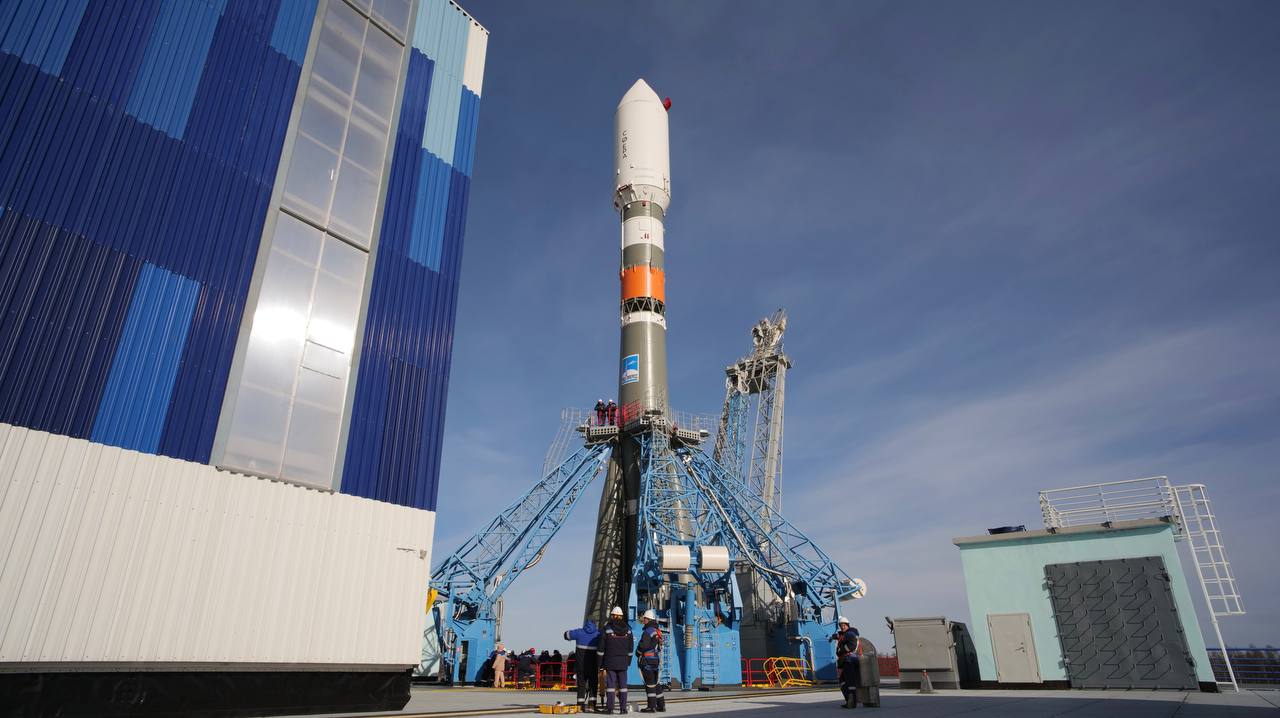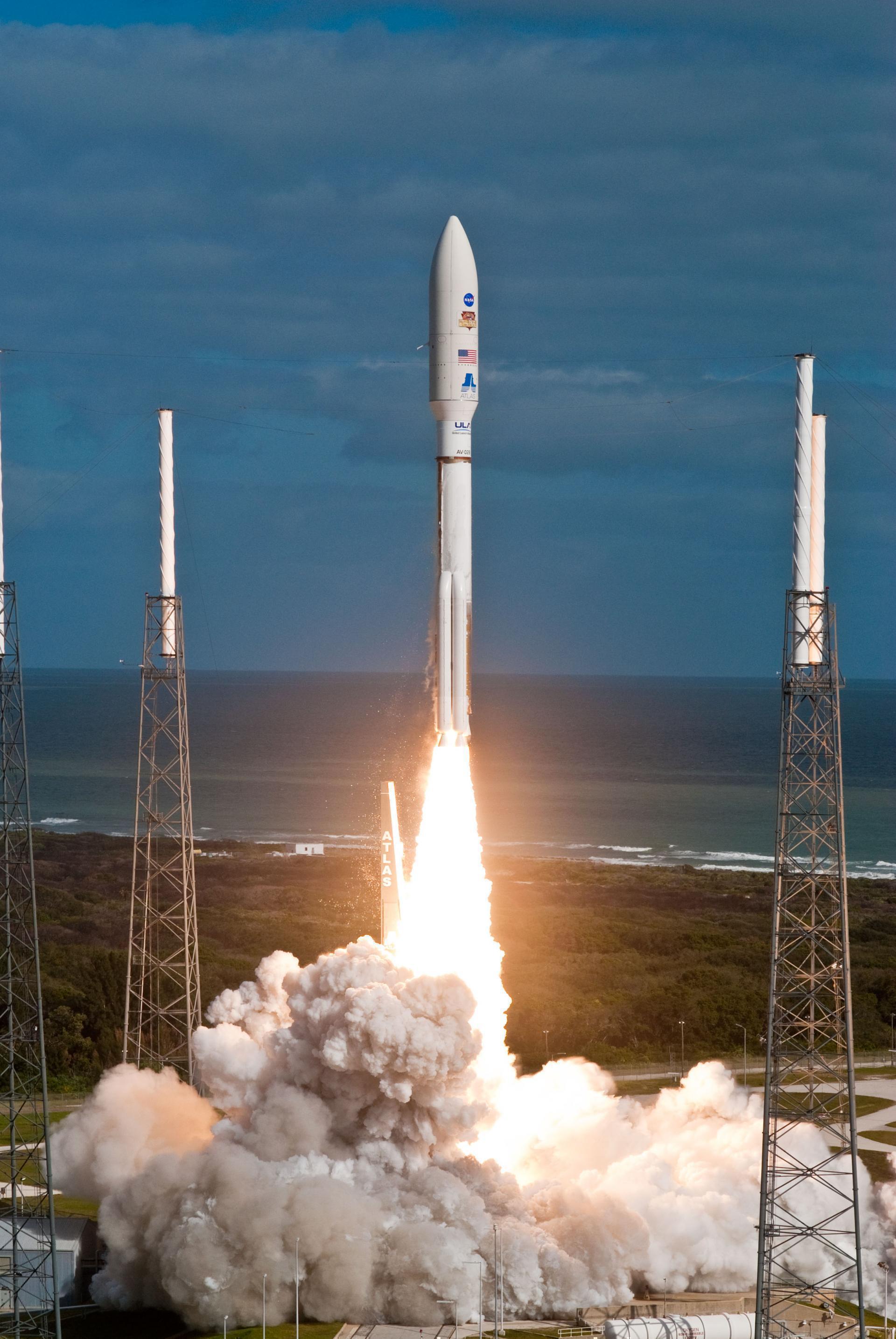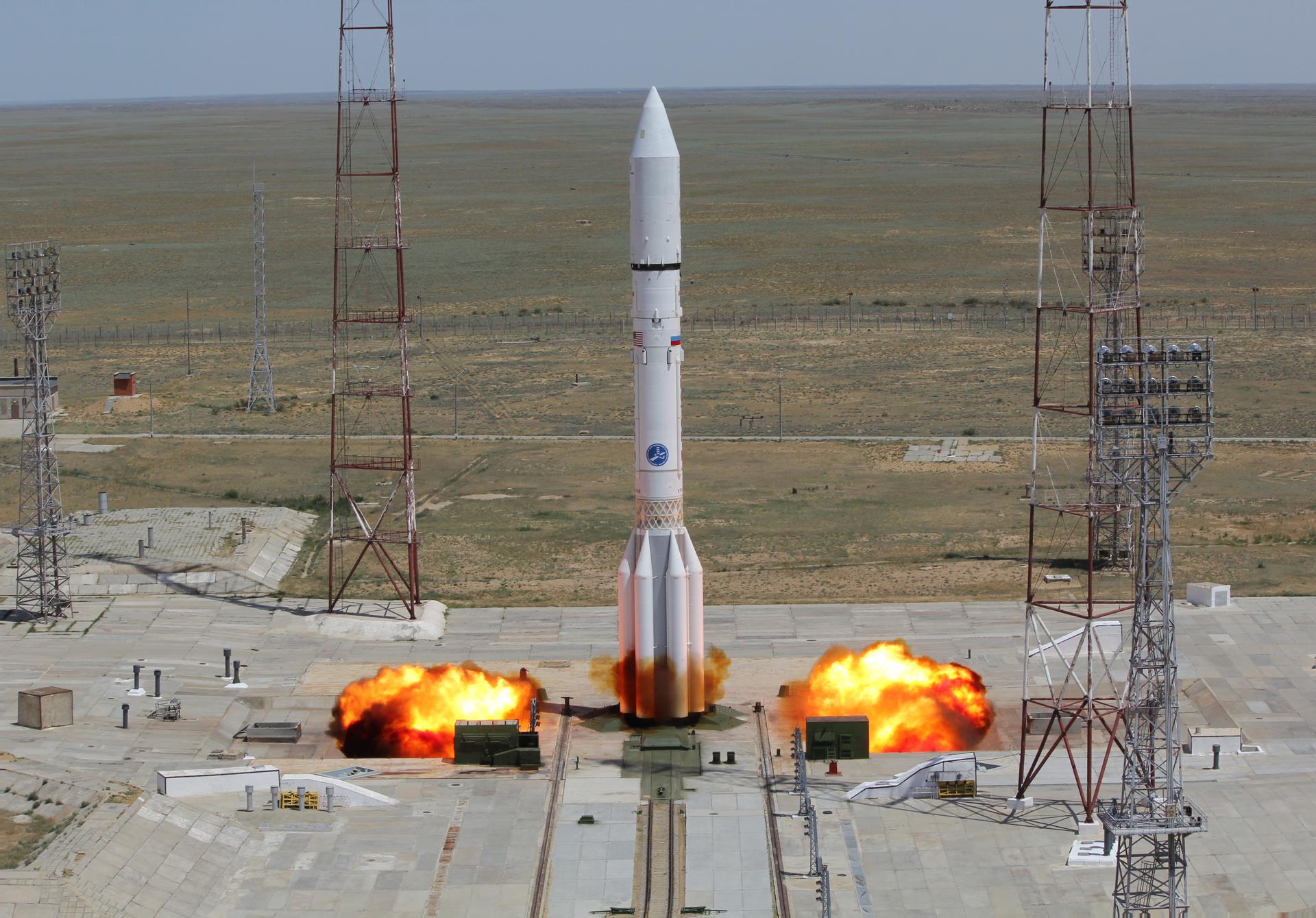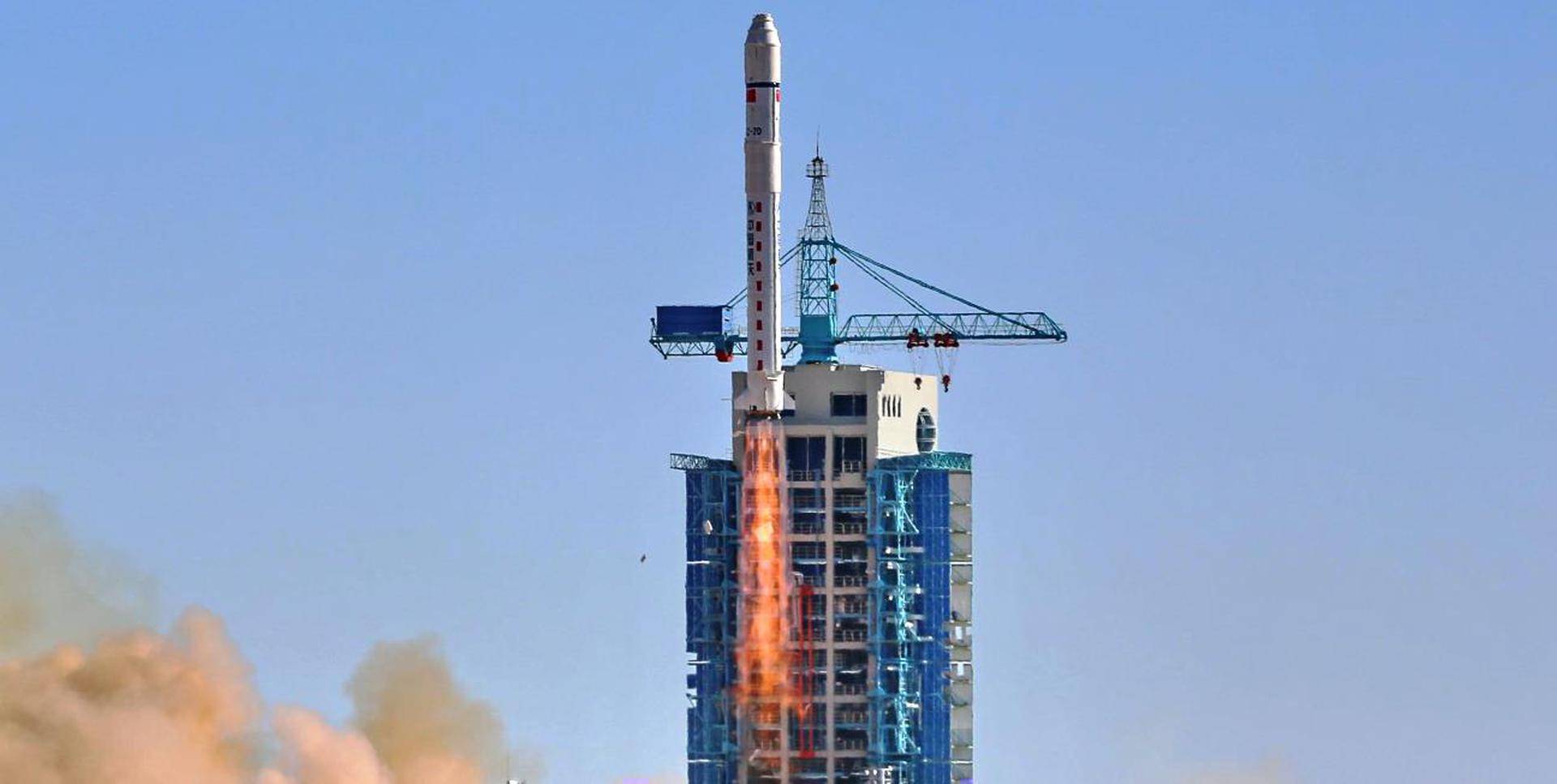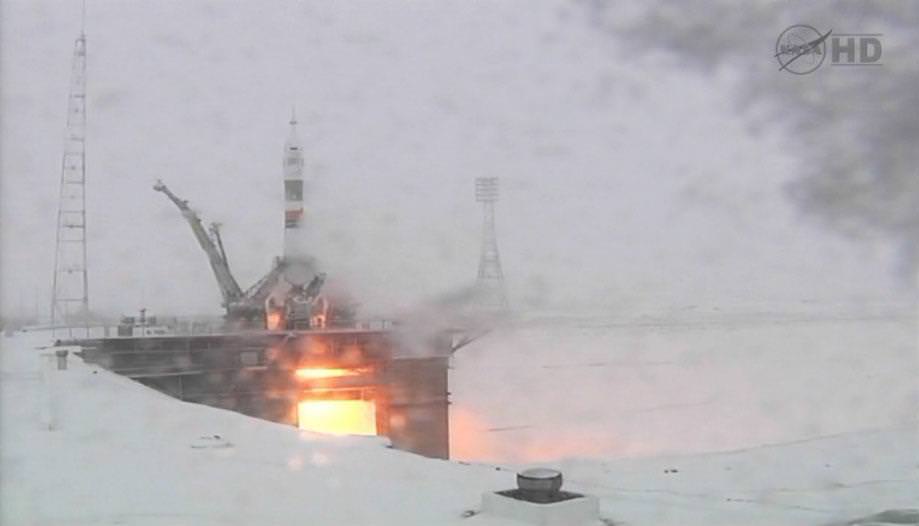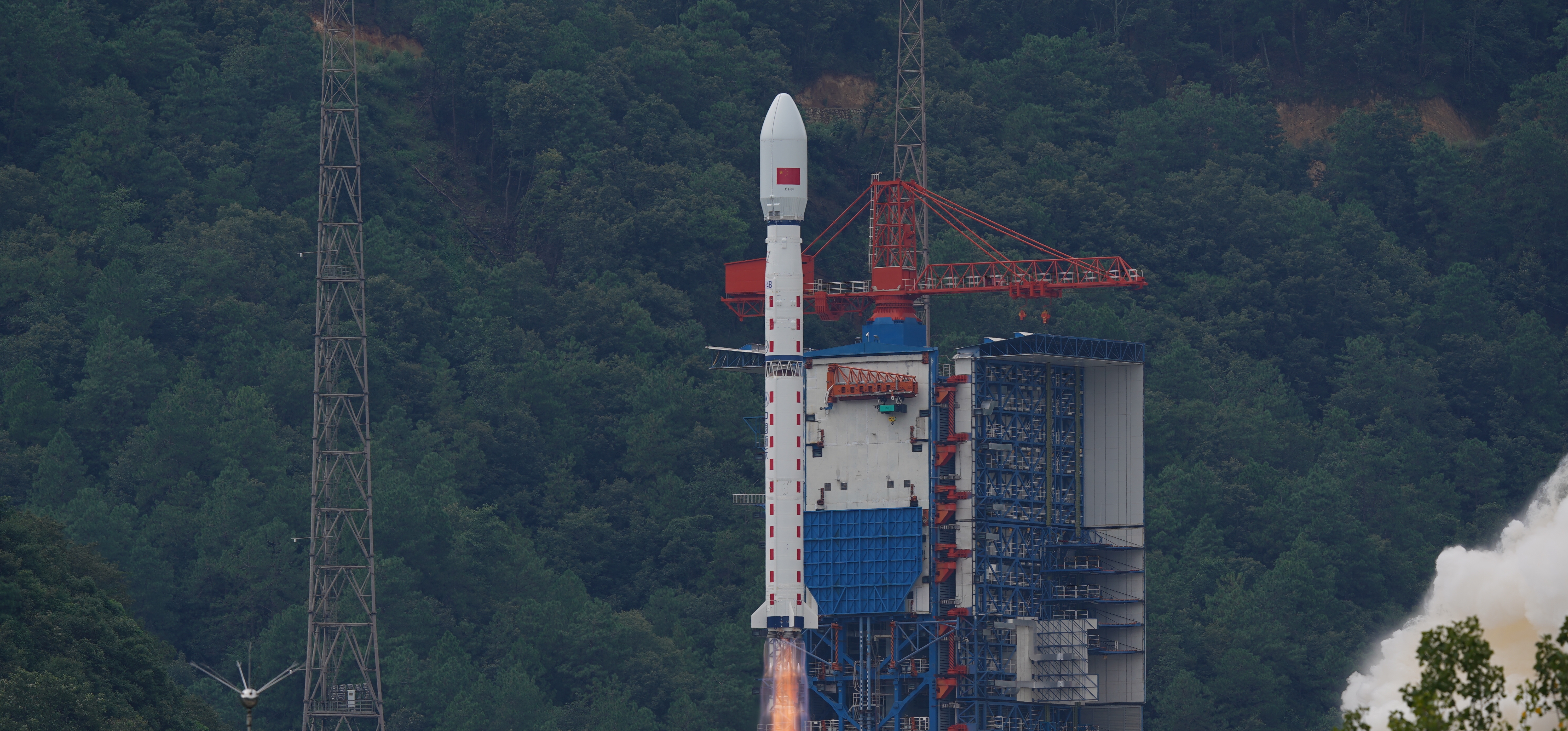Previous Spaceflight Launches
Filter by Agency, Locations or Vehicles
Show All LaunchesLong March 3A | Compass-IGSO-5
China Aerospace Science and Technology Corporation | ChinaXichang Satellite Launch Center, People's Republic of China
Dec. 1, 2011, 9:07 p.m.
Long March 2C | Yaogan 13
China Aerospace Science and Technology Corporation | ChinaTaiyuan Satellite Launch Center, People's Republic of China
Nov. 29, 2011, 6:50 p.m.
Soyuz 2.1b/Fregat | Glonass-M (Kosmos 2478)
Progress Rocket Space Center | RussiaPlesetsk Cosmodrome, Russian Federation
Nov. 28, 2011, 8:25 a.m.
Status: Launch Successful
Mission:
Glonass-M, also known as Uragan-M, are the second generation of Uragan satellite design used for GLONASS satellite navigation system. GLONASS is a Russian space-based navigation system comparable to the similar GPS and Galileo systems. This generation improves on accuracy, power consumption and design life. Each satellite weighs 1415 kg, is equipped with 12 L-band antennas, and has an operational lifetime of 7 years.
Medium Earth OrbitAtlas V 541 | MSL (Curiosity)
United Launch Alliance | United States of AmericaCape Canaveral SFS, FL, USA
Nov. 26, 2011, 3:02 p.m.
Status: Launch Successful
Mission:
The Mars Science Laboratory (MSL) mission, featuring the renowned Curiosity rover, was designed to assess the planet's past and present habitability. Equipped with an array of advanced scientific instruments, including a drill and a sample analysis unit, Curiosity explored the Gale Crater, a site believed to contain evidence of ancient Martian environments. It delivered groundbreaking discoveries, including the detection of organic molecules and the confirmation of an ancient, potentially habitable lake bed.
Mars OrbitProton-M/Briz-M Enhanced | Asiasat 7
Khrunichev State Research and Production Space Center | RussiaBaikonur Cosmodrome, Republic of Kazakhstan
Nov. 25, 2011, 7:10 p.m.
Long March 2D | Shiyan Weixing 4 & Chuang Xin 1C
China Aerospace Science and Technology Corporation | ChinaJiuquan Satellite Launch Center, People's Republic of China
Nov. 20, 2011, 12:15 a.m.
Soyuz-FG | Soyuz TMA-22
Progress Rocket Space Center | RussiaBaikonur Cosmodrome, Republic of Kazakhstan
Nov. 14, 2011, 4:14 a.m.
Status: Launch Successful
Mission:
Soyuz TMA-22 begins Expedition 29 by carrying 3 astronauts and cosmonauts to the International Space Station. Russian Commander, cosmonaut Anton Shkaplerov alongside Flight Engineers, Anatoli Ivanishin (RSA) & Daniel C. Burbank (NASA) will launch aboard the Soyuz spacecraft from the Baikonur Cosmodrome in Kazakhstan and then rendezvous with the station. It landed on 27 April 2012, 11:45 UTC
Low Earth OrbitLong March 4B | Yaogan 12 & Tianxun-1
China Aerospace Science and Technology Corporation | ChinaTaiyuan Satellite Launch Center, People's Republic of China
Nov. 9, 2011, 3:21 a.m.
Status: Launch Successful
Mission:
Yaogan 12 is a Chinese Earth observation satellite, likely also used for military reconnaissance. Tianxun-1 is a Chinese microsatellite built by the Nanjing University of Aeronautics and Astronautics. Earth observation with maximum resolution of 30 metres.
Sun-Synchronous OrbitZenit 2M | Fobos-Grunt & Yinghuo-1
Russian Federal Space Agency (ROSCOSMOS) | RussiaBaikonur Cosmodrome, Republic of Kazakhstan
Nov. 8, 2011, 8:16 p.m.
Proton-M Briz-M | 3 x Glonass-M (Kosmos 2475, Kosmos 2476, Kosmos 2477)
Khrunichev State Research and Production Space Center | RussiaBaikonur Cosmodrome, Republic of Kazakhstan
Nov. 4, 2011, 12:51 p.m.
Status: Launch Successful
Mission:
Glonass-M, also known as Uragan-M, are the second generation of Uragan satellite design used for GLONASS satellite navigation system. GLONASS is a Russian space-based navigation system comparable to the similar GPS and Galileo systems. This generation improves on accuracy, power consumption and design life. Each satellite weighs 1415 kg, is equipped with 12 L-band antennas, and has an operational lifetime of 7 years.
Medium Earth Orbit